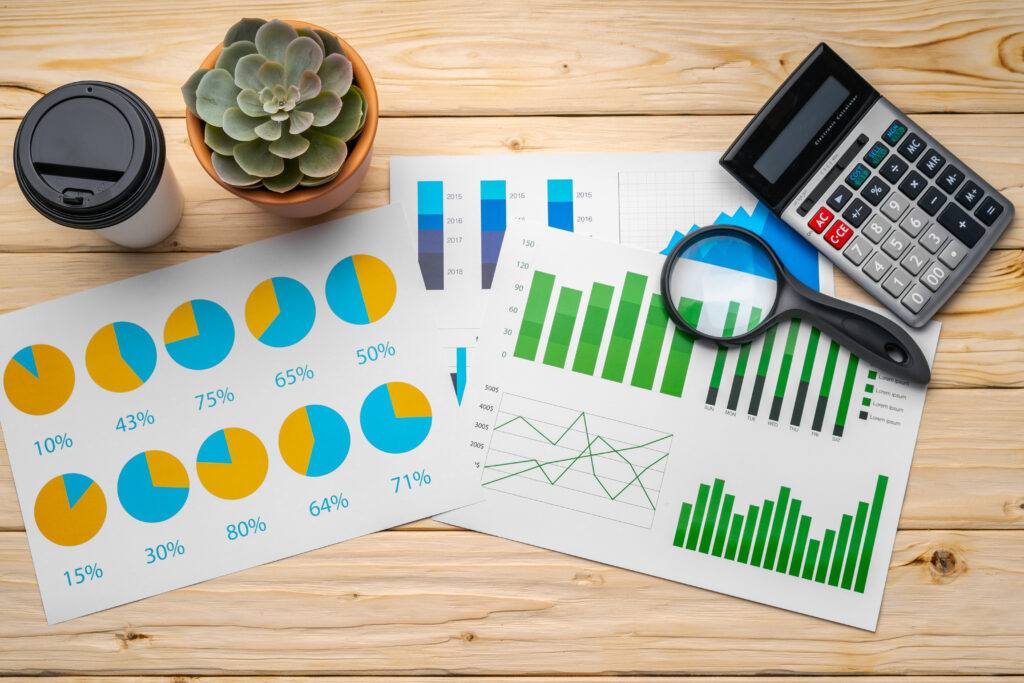Return on investment (ROI) is a metric that businesses around the globe use to calculate the return generated from an investment. It helps them analyze the efficiency of an investment and understand whether the decision behind investing the money was the right one strategically.
While there can be many variations when it comes to calculating ROI, most simply, the return on investment can be calculated by taking the difference between the current value of the investment and the cost of the investment, and dividing that value by the cost of the investment.
 It isn’t necessary, however, that ROI will (and can) always be represented by a numerical value. Take the rush hour example mentioned above. The ‘investment’ and ‘return’ in that scenario cannot be represented with ‘money’; they have to be represented and measured with ‘time.’
It isn’t necessary, however, that ROI will (and can) always be represented by a numerical value. Take the rush hour example mentioned above. The ‘investment’ and ‘return’ in that scenario cannot be represented with ‘money’; they have to be represented and measured with ‘time.’
On the other hand, while the investment is money and time when it comes to watching a new movie, the return is neither of those facets. It’s the value that you would get after watching the movie, which cannot be represented in the form of a number.
In general, though, businesses tend to associate ROI with a numerical value since it’s the most straightforward way of deciphering the efficiency and productivity of making a decision.
-
What is a Good ROI
The definition of a good ROI for a business is to invest in something that results in them making a profit either instantly or at some point in the foreseeable future.
While the rule of thumb states ‘higher the number, the better the ROI,’ there is no correct answer for what number is good and what is bad. Some businesses might be very happy with a 10% ROI, while others might not even be satisfied with a higher number like 30%. It is true, however, that businesses tend to chase high ROI percentages when looking for results.
The idea that defines a good ROI for a business depends on a few factors. Companies are prone to making errors while deciphering how to calculate ROI because they might miss looking at these external factors that include taxes, inflation, time, and opportunity costs.
The Importance of Knowing ROI
Wouldn’t it be great if there was a way you could distinguish between the strategies that lead your business to glory and those that drain it out of money?
Well, there’s good news and there’s bad news.
The good news is that knowing the ROI for a given project gives businesses an accurate idea about the strategies that are successful and those that are not.
The bad news is that there is no way for you to know that at the onset of starting a business.
There has to be a phase of trial and error where you try different strategies and measure them for their pros and cons to know which ones truly work the best. Doing so would not only help your business thrive in the long run by investing in the right projects, but would also help it save money by eliminating the wrong ones.
Let’s look at an example.
Imagine that you’ve been given $1,000 as marketing budget and your goal is to increase the number of incoming leads for your business through various marketing channels. You know that the logic is simple — more marketing, more leads, the more chances of bringing customers on board.
But, what you’re not certain about are the channels of promotion that would be most efficient when it comes to spending less and generating more leads. Are Facebook ads the way to go? Or is email marketing the more preferred method? What do you do?

This is where it gets a little tricky. The importance of knowing the ROI is only beneficial if there is an initial gamble involved. In this scenario, the gamble would be to invest some part of the $1,000 in both Facebook and email marketing to see which channel delivers more leads.
Taking inspiration from the Dennis Yu book of tactics, let’s say you decide to use a play called ‘Dollar a Day.’ You invest the same basic minimal amount allowed in both channels and initiate your marketing efforts. You wait for some time and measure the returns from both investments.
Depending on which strategy gave you a better ROI by generating more leads, you now know where you must invest the remaining share of your marketing budget to get the most returns.
However, marketing strategies are dependent on a lot of different factors. The results that you get once are just the best representation of the most probable outcome. There might be other instances where different channels might deliver different results. Hence, it is always advisable that the results are averaged out over time to determine which strategy works best.
Difficulty in Calculating ROI
When it comes to increasing the ROI there can be multiple ways,—the 5R philosophy being one of them— however many businesses find it increasingly difficult to measure and calculate ROI.
In addition to tracking complicated financial terms like customer lifetime value (LTV), customer acquisition cost (CAC), monthly recurring revenue (MRR), and average revenue per account (ARPA), businesses also have to struggle with tracking equations and complex calculations.
Furthermore, the ROI calculation process can be quite taxing since it involves multiple variables and the consolidation of data, which can take a toll.
 Finally, there’s the pain of knowing the different ways that ROI can be calculated. From the basic formula that incorporates just the total investment cost and the current investment value, to the more complex method that involves knowing the customer LTV, CAC, and total revenue.
Finally, there’s the pain of knowing the different ways that ROI can be calculated. From the basic formula that incorporates just the total investment cost and the current investment value, to the more complex method that involves knowing the customer LTV, CAC, and total revenue.
If only there were a specially-designed customizable ROI calculator tool that could reduce hours of stressful calculations to just minutes of spreadsheet fun. Stay tuned!




